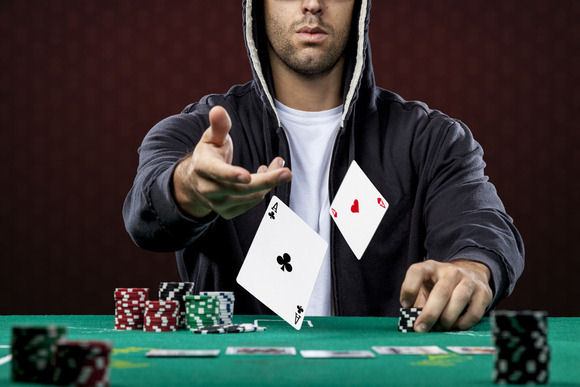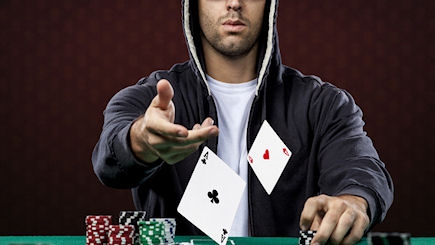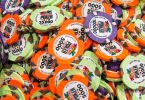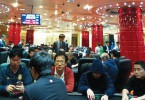Good poker players possess a range of skills at the table. They know when to bluff or semi-bluff and they know how to extract value from marginal hands … but perhaps their greatest skill is knowing when to fold a good hand.
This is a concept that isn’t obvious to the novice player but rest assured it is something you should get your head around as soon as possible – money saved is as good as money earned.

Poker players tend to be a proud bunch. They take great pleasure in cheating their rivals out of cash, be it from a well-timed bluff or simply fooling someone into thinking they’re weak when in fact they hold a monster. At the same time, they hate folding. Call it ego if you will, but too many get so caught up in the personal battle they forget to take heed of the warning signs.
Here is something to consider – it’s not the worst hand at the table that loses the most money, it’s the second best. Let’s take a simple example. You open in early position with A-A and are called by a player on the button. The flop comes 2-8-9. You bet and your opponent calls. The turn is a 7 and you bet again, and now your opponent raises.
At this point the alarm bells should be ringing. No-one likes folding Aces, but you need to consider your opponent’s range. Unless you know him to be prone to absurd bluffs, he most likely has you crushed here. Sets, straights, two-pair – you’re either drawing dead or very, very thin. But herein lies the danger. If you’d been dealt 7-2 pre-flop or saw the flop with something like A-5 you’d have folded long ago, but because you have Aces you hate to have to fold. Yet it’s these strong hands that figure to be second best you need to be aware of.

That’s the thing about poker – as much as we love turning the nuts, we also need to know when we’re beat. Stay disciplined, be prepared to fold your strong hands and you’ll notice your bankroll moving in the right direction.







